In this article, I am going to share with you the best 17 B2B Lead Generation strategies that I personally used and they generate me leads every single day. Learn what B2B lead generation strategies marketers use to consistently drive leads and attract their B2B target audience.
The number of reasons for b2b marketing is to generate leads, but because with traditional and digital marketing options, there are just so many strategies that you can implement for your B2B marketing.
Of course, some are more effective and some are less effective. This mostly depends on how you are running your campaigns and how well you are your B2B buyer journey optimized.
But then there are some B2B lead generation strategies that are not as good. Therefore let me share with you my favorite 17 B2B Lead Generation Strategies that I have personally used and still using to generate leads consistently every day.
B2B SEO
The first on our list of B2B lead generation strategies is probably the most famous and arguably the most effective strategy and that is B2B SEO, including B2B SaaS lead generation for software companies.
B2B SEO or B2B search engine optimization is a marketing strategy that is used to enhance website pages in order to get a better ranking in search engines to drive more relevant organic traffic and of course, more leads for your business.
Needless to say, to effectively drive leads by SEO there are a lot of things organizations must follow. There are five basic pillars of SEO that you must master to succeed:
- On-Page SEO
- Off-Page SEO
- Technical SEO
- Voice SEO
- Content Creation
All these pillars are important for you to start generating leads from B2B SEO Strategy and here is a graph of the importance of each pillar.

So while 57% of B2B marketers say that SEO generates more leads than any of their other marketing initiatives in 2020 it is also hard to successfully implement this strategy and it can take over two years to start ranking according to Ahrefs study.
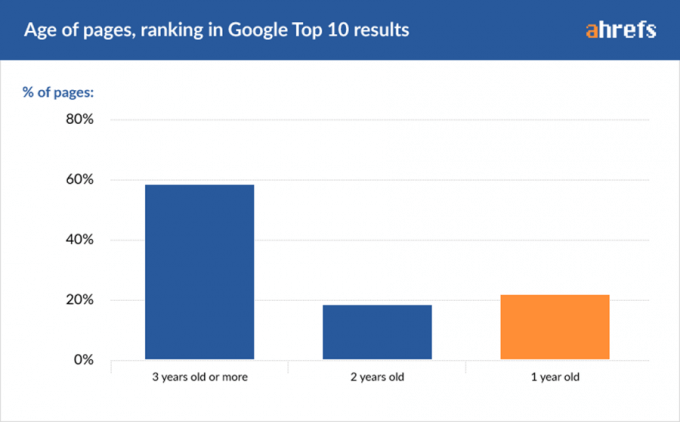
But because I want to help you here is a quick framework for how to start generating leads with B2B SEO.
First, you need to know your B2B target audience and the keywords they are using to find solutions like yours. For the target audience, it really depends on your solution, but a good starting point is to think about companies that would benefit the most from your solution. Try to think about their size, industry, and other demographics that might be important to you.
For keyword research, it again depends on your solution, but you can look at your competitor’s website and see what keywords they are trying to target.
Typically, these keywords you can find right in their menu. For example, GetResponse and their solution and feature pages.
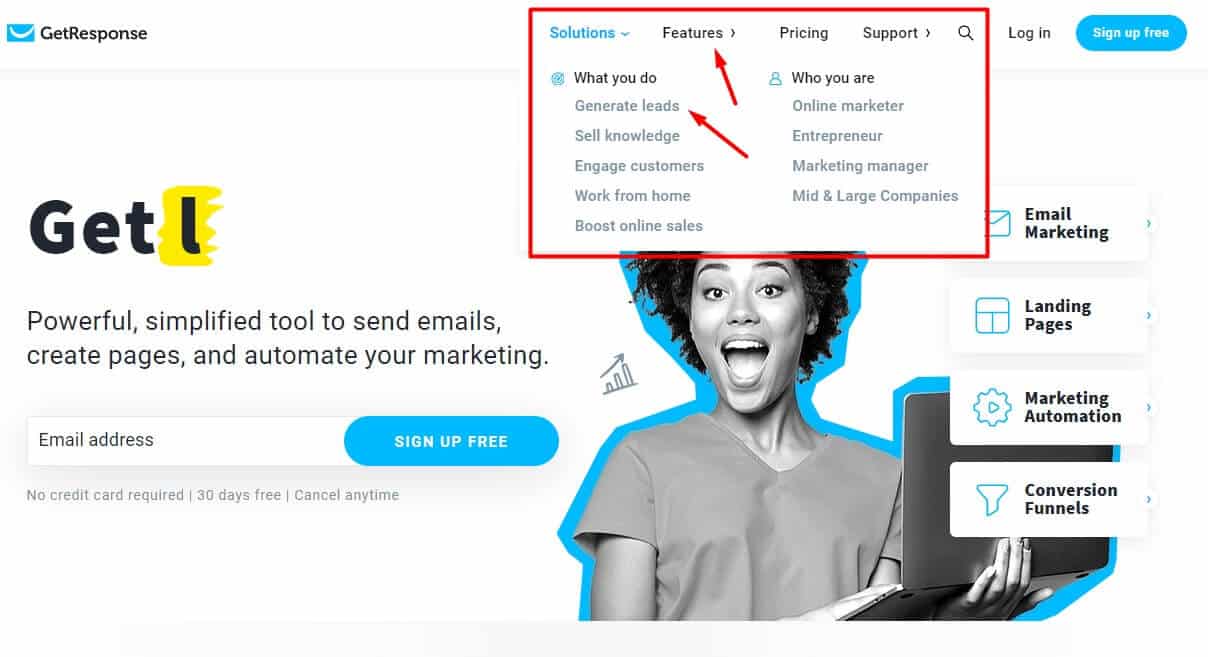
From this, you can take keywords like Lead generation software and use keyword research tools such as Keyword Magic Tool from SEMrush and get thousands of keyword ideas.
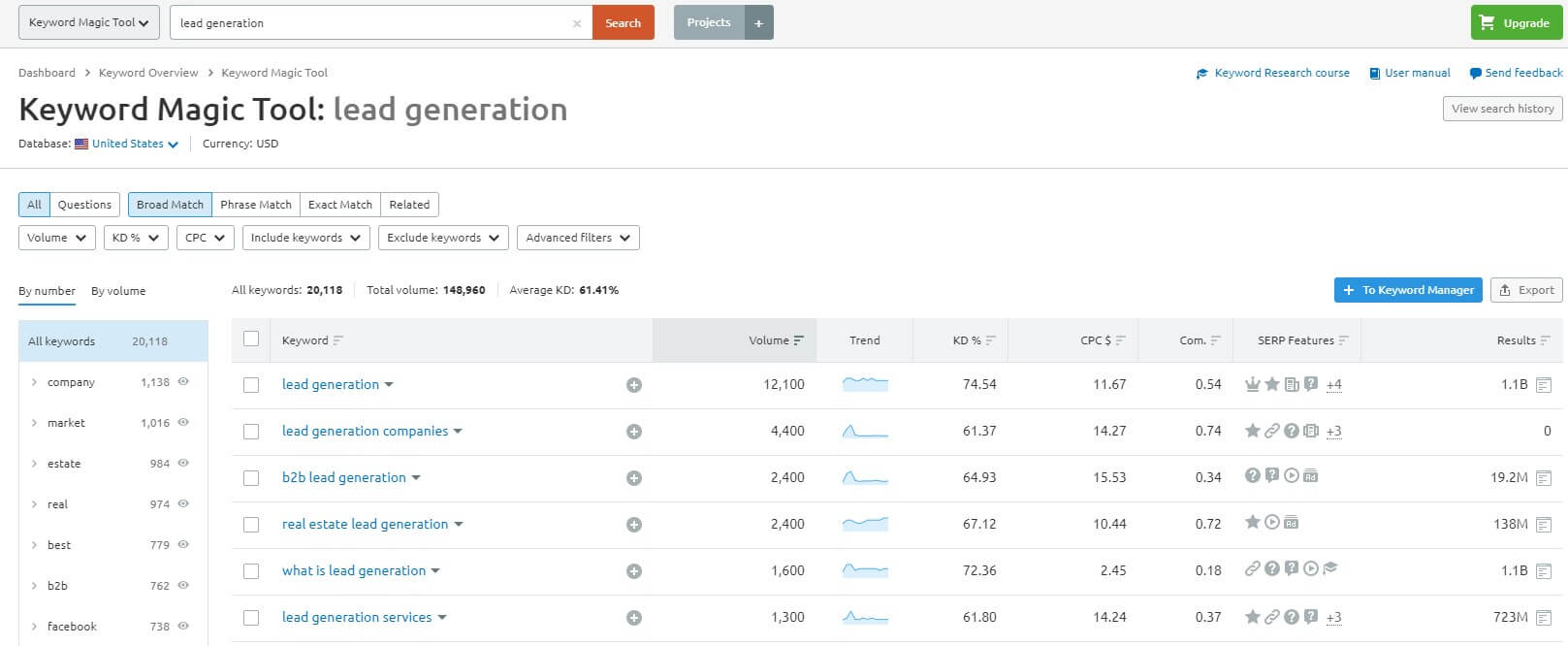
And once you have all these keywords, then you can start creating content around this to increase your website authoritativeness and generate more organic traffic and subsequently more leads.
So this is my quick framework for how to make B2B SEO work for you, but I have a full tutorial on B2B SEO strategy which you can watch here.
B2B Search Engine Marketing (SEM)
The second on our list of B2B lead generation strategies is search engine marketing.
CMO’s and marketers are spending more and more on digital channels. It was calculated that the digital advertising spending worldwide amounted to 325 billion U.S. dollars in 2019 and that after a drop in 2020 due to coronavirus related market issues, it would grow to 389 billion dollars in 2021.
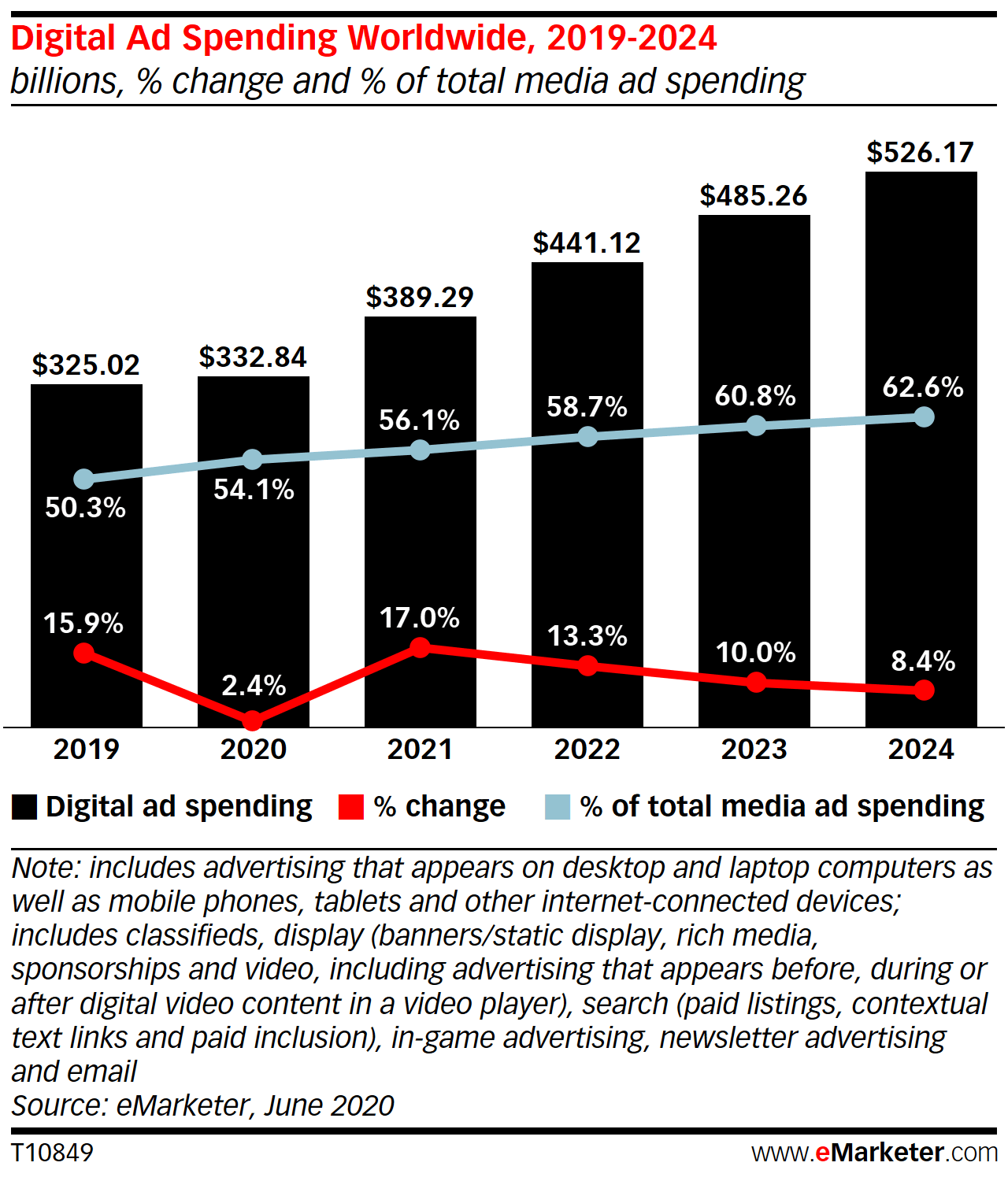
(source)
B2B SEM or search engine marketing is a strategy of paid advertising when marketers are paying to digital marketing channels such as search engines, social media, directories and listings, forums, and other websites with high traffic to appear there.
SEM is a promotional strategy that you can use to quickly generate brand awareness, drive traffic to your website, and leads for your business depending on our objections.
But because we are talking about lead generation strategies I want to share with you the 3 most common and used search engine marketing tactics to generate leads for your business.
PPC
The first B2B SEM tactic is PPC or pay-per-click advertising.
Typically, this tactic is closely associate with search engines like Google or Bing where you can pay these advertisers to appear in the search results in the ad section.
PPC or pay-per-click is a model of search engine advertising in which companies pay a fee each time somebody clicks on their ads. Basically, it’s a way of buying to appear on the first page of search results and visits to your website. For example, I am sure you are very familiar with Google PPC ads.
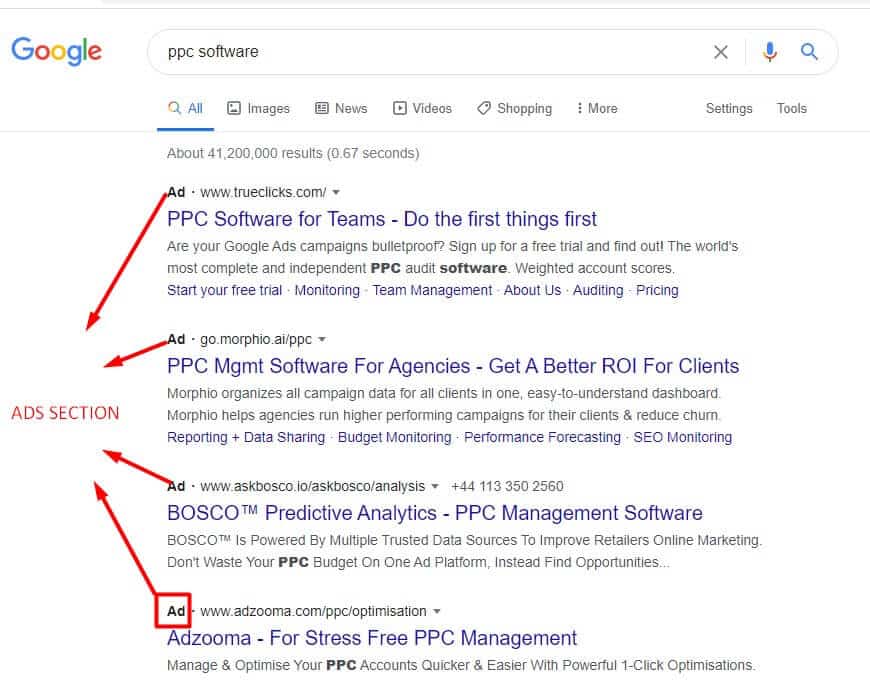
And how this strategy works is relatively easy. Simply you can visit one of the online advertising platforms such as Google AdWords or Bing Ads by Microsoft and register over there.
Of course, there are some technical details like verifying the website and connecting the platform with analytics and other third-party tools, but this is for another video/blog post.
So once you are registered on the platform, in this case, I will use Google AdWords for demonstration purposes, then you can start creating your first campaign.
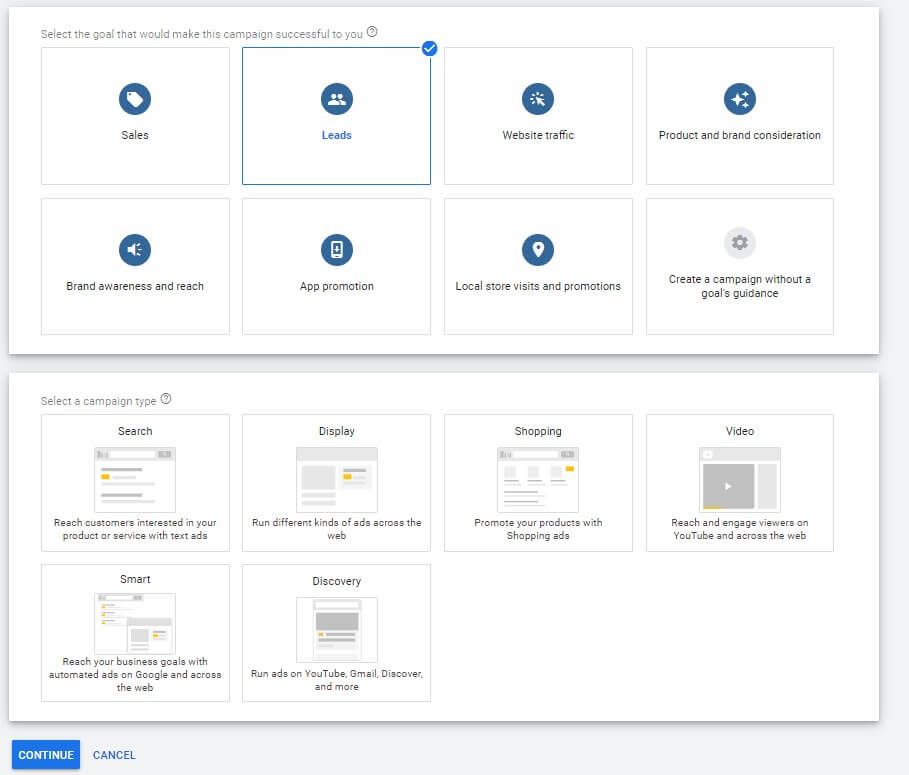
And from here you will continue based on your objectives. The platforms are smart and will guide you to set up your first PPC advertising.
Display
Another type of search engine marketing is display ads.
Display advertising is graphic advertising on the internet, commonly seen on websites, apps, or social media via banners or other advertising formats made of text, images, flash, videos, and audios. Generally, display ads are used to increase awareness or bring back your traffic.
I am sure you are very familiar with these kinds of advertising as well, as you might probably see them on many of your favorite websites, forums, and magazines.
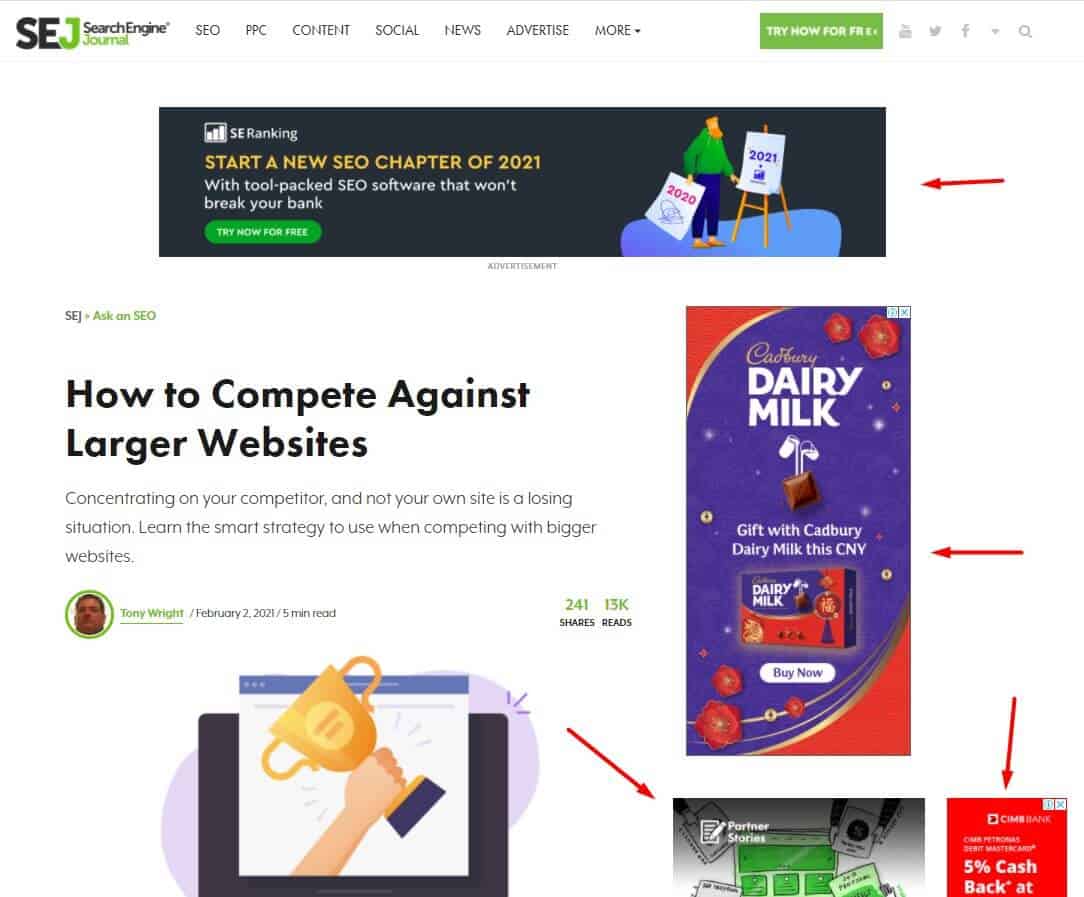
And typically, if you are familiar with PPC advertising and with the settings of the advertising platform then display ads are similar to set up. Only the pay model may differ depending on your objectives.
So, by setting up these you won’t have a problem. And while display advertising is not the best for B2B lead generation, but there is one strategy that works particularly well with display ads for lead generation.
Remarketing
And that is the third tactic of search engine marketing which is remarketing.
Remarketing is a strategy used by marketers to reconnect back with users that have visited their websites or mobile apps. This strategic approach of bringing back your users based on behavior retargeting works very well because you can bring those users that are the most likely to convert.
With remarketing, you can set up audiences that you want to target. Advertising platforms like Google AdWords give you the option to set up your own audiences based on their behaviors and interactions on your website.
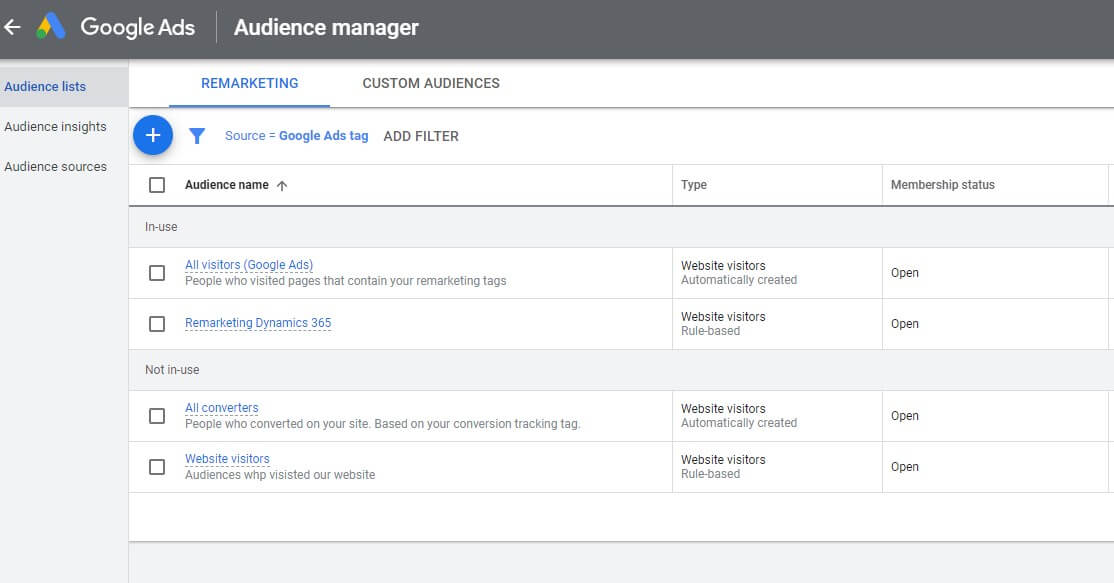
For example, you can target only those who have visited one of your product pages so you can offer them something relevant like an eBook to get them to a lead nurturing sequence specifically designed for your product.
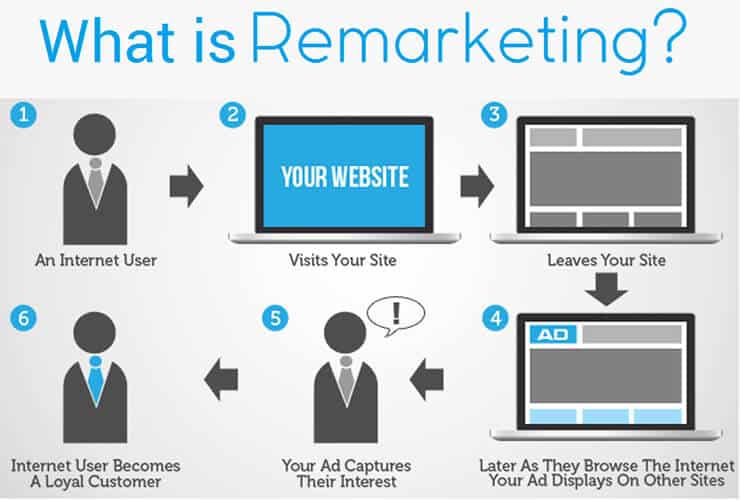
Remarketing is a very effective and easy way to increase your B2B lead generation and I recommend to every company whether you are spending on adverting or not to at least start with remarketing to bring back your visitors and generate more leads and maximize your lead generation from your current effort. Check out best tools for PPC reporting.
B2B Email Marketing
Alright, another on our list of B2B lead generation strategies is B2B Email Marketing Strategy. This strategy can help you learn how to generate sales leads without cold calling by leveraging the power of email.
B2B Email Marketing is a digital marketing strategy of sending emails to prospects and customers that agreed with receiving your emails. Unlike B2C Email Marketing where you mostly send commercial messages in B2B, you rather focus on sending educational emails to a group of people with similar interests.
Email marketing is one of the most favorite strategies marketers are using to improve their marketing results and over the years it delivers a strong ROI.
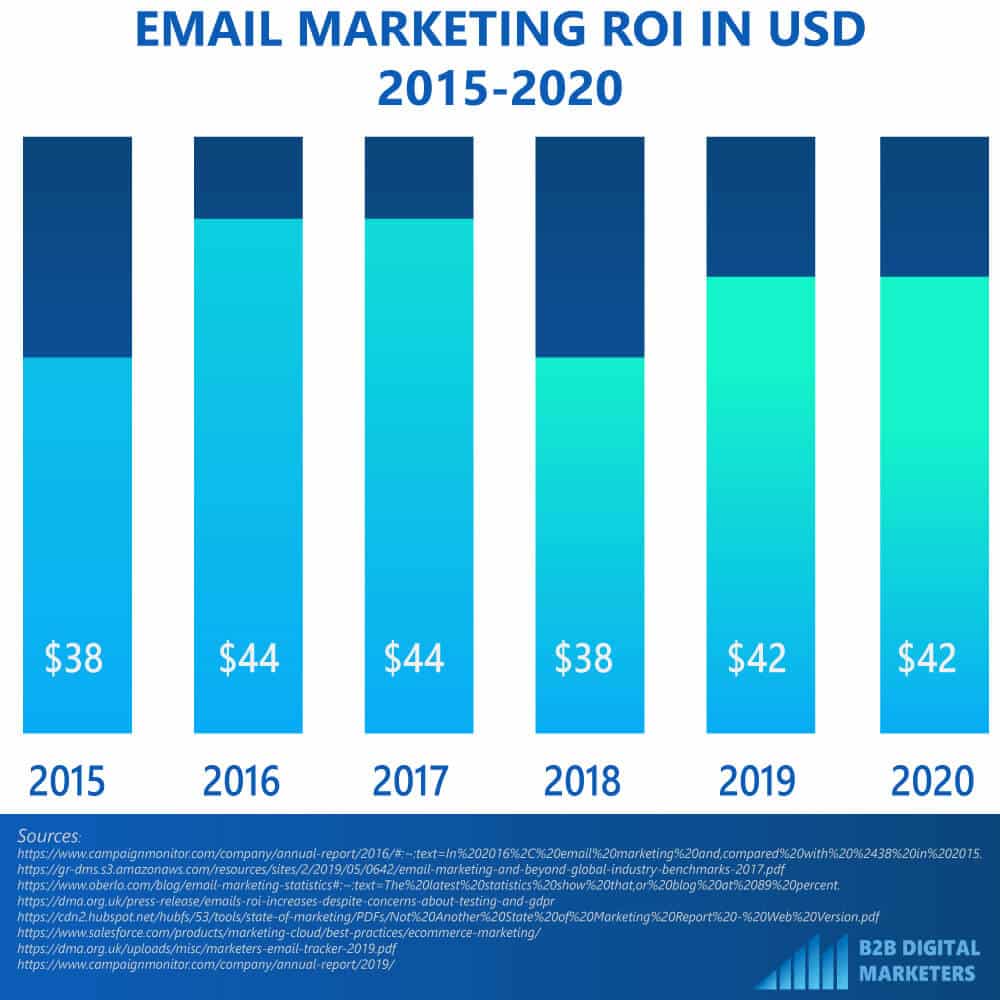
And if you are asking yourself, is email marketing is dying, then I urge you to watch my video where I go more into details about the future of email marketing.
Email marketing is a very effective lead generation strategy that can bring more leads to your business and start with this strategy is not difficult at all.
For an effective email marketing strategy you need to focus only on two things:
- GDPR: In a nutshell, following all laws of privacy and give options to unsubscribe. Definitely, you should read more about it
- Segmentation/Personalization: Ensure that you are sending relevant emails of the user’s interest.
Of course, to start with B2B email marketing, first, you need to choose your email provider. There are plenty of choices you can choose from but my preferred choices are GetResponse, Moosend, or HubSpot.
Once you have your provider, then you need to get email subscribers and for this, I have created an entire video on how to get your first 5,000 subscribers where I share the exact strategies I used to get to this number.
And lastly, you need to create segmentation, I would definitely start with segmenting your subscribers based on their interest. This will help you to start generating leads without losing too many subscribers.
This is a very simplified version of how B2B email marketing works but honestly is not that hard. Once you start then you will find out that email marketing is an exciting strategy that can be creative with plenty of opportunities to increase your lead generation.
B2B Blogging
The next and arguably the most effective B2B lead generation strategy is B2B Blogging.
B2B blogging is a strategy that is focused on creating valuable and educational articles that are published on the company’s website in order to increase organic traffic and ultimately drive more leads for a business. Unlike blogging for B2C, Blogging in the B2B world tends to focus on keywords that key decision-makers within companies search for while at work.
This means rather than focusing on high traffic volume keywords, you should focus on low-volume keywords with high potential to drive leads because b2b buyers tend to be more specific with their search for solutions to make a B2B blogging good for business.
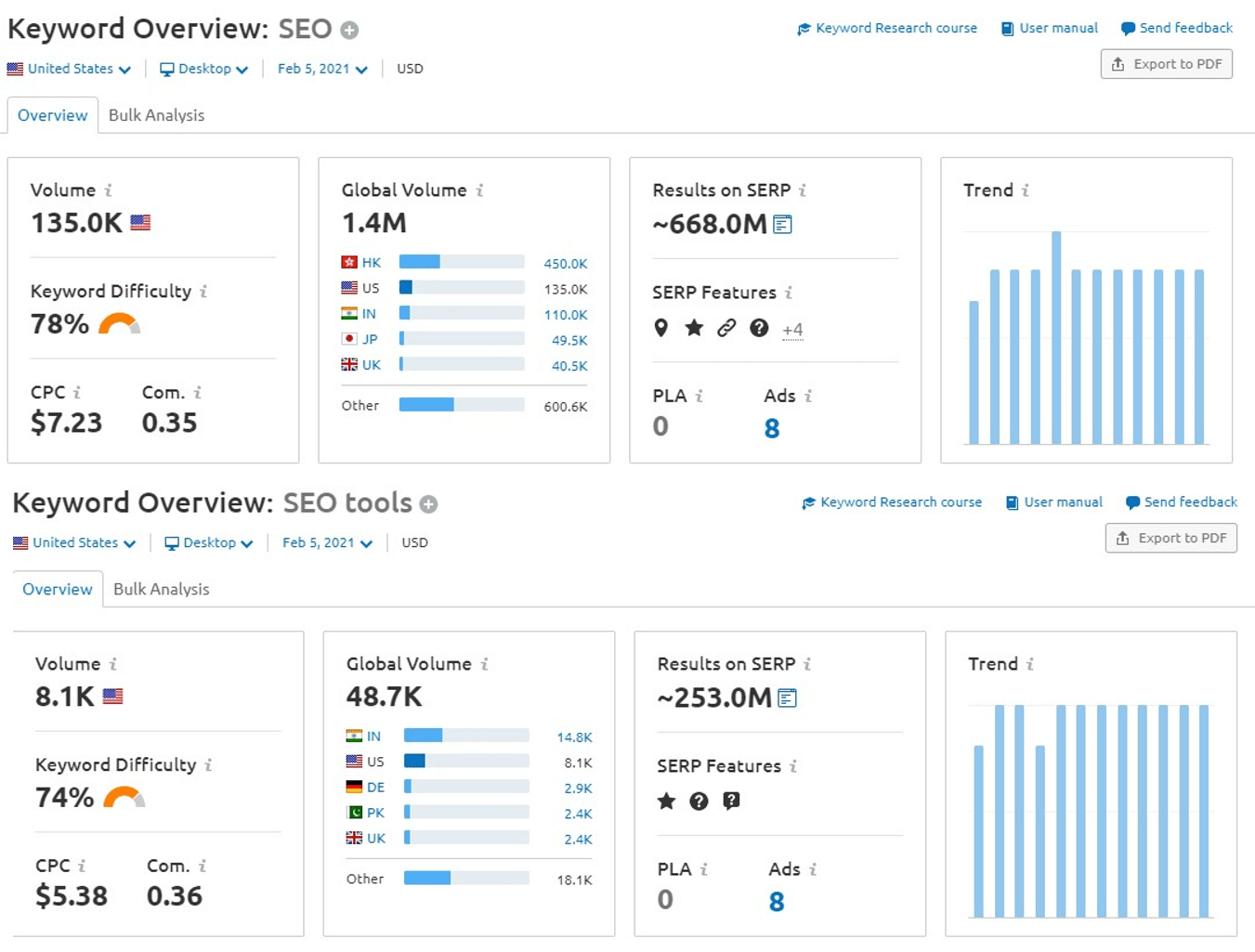
As Braden Becker said during the Inbound 2020, “Traffic doesn’t pay the bills.”
However, 61% of marketers say improving SEO and growing their organic presence is their top inbound marketing priority.
Needless to say, blogging does not only increase your organic traffic but also improve your B2B lead generation and the best example of how you can drive more leads from blogging is HubSpot.com
And while HubSpot does not exactly share how many leads there are generating with their 6,000+ blog post collection, I guess that it will be one of their top or even main source of leads generation.
Just think about it, they would not post 200+ blog posts per month, that is almost 7 blog posts every day.
Anyway, not only HubSpot is generating leads from blogging and B2B marketers around the world are prioritizing blogging to achieve their lead generation goals. This strategy is extremely effective and important for any business that wants to generate leads day-after-day.
Content Upgrades
Another super important and effective B2B lead generation strategy is content upgrades.
Content upgrades are an extremely effective way to capture leads at the TOFU and MOFU stages. These leads are not ready to be marketing qualified lead (MQL) or sales qualified lead (SQL) yet, but have the potential to become a prospect of your company.
And to explain how this strategy works let’s first look at the average website conversion rate.
On average 97% of all your website traffic will never take any action on your website and only 3% of your users will take the desired action.
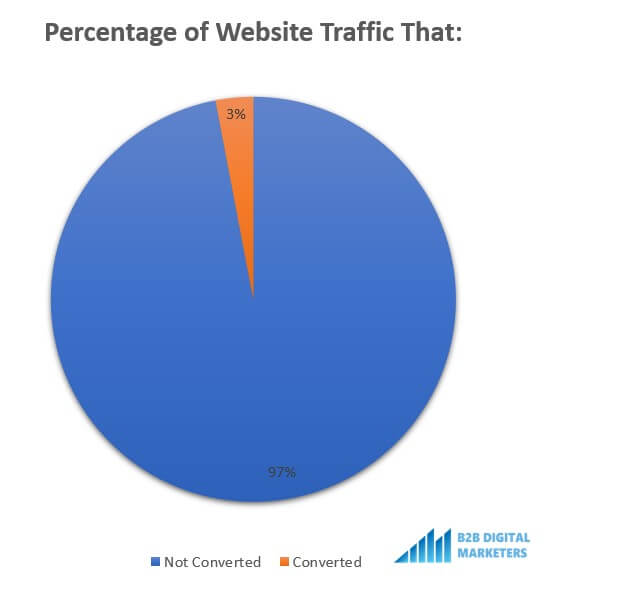
And while you will never be able to convert 100% of our website traffic, you can significantly improve your overall site conversion rate by offering content upgrades to those who are in the market for your solution but are not ready to commit to asking for a demo or free trial.
For example, Brian Dean has improved his conversion rate by 785% and wishpond improved theirs by 1,650% using the content upgrade strategy.
So, by creating topic-relevant content upgrades and then promoting the content upgrades on the topic related blog posts you can easily start collecting email subscribers and potential leads for your business.

Here is another example of how HubSpot is creating and promoting content upgrades (content offers) for relevant blog topic clusters.
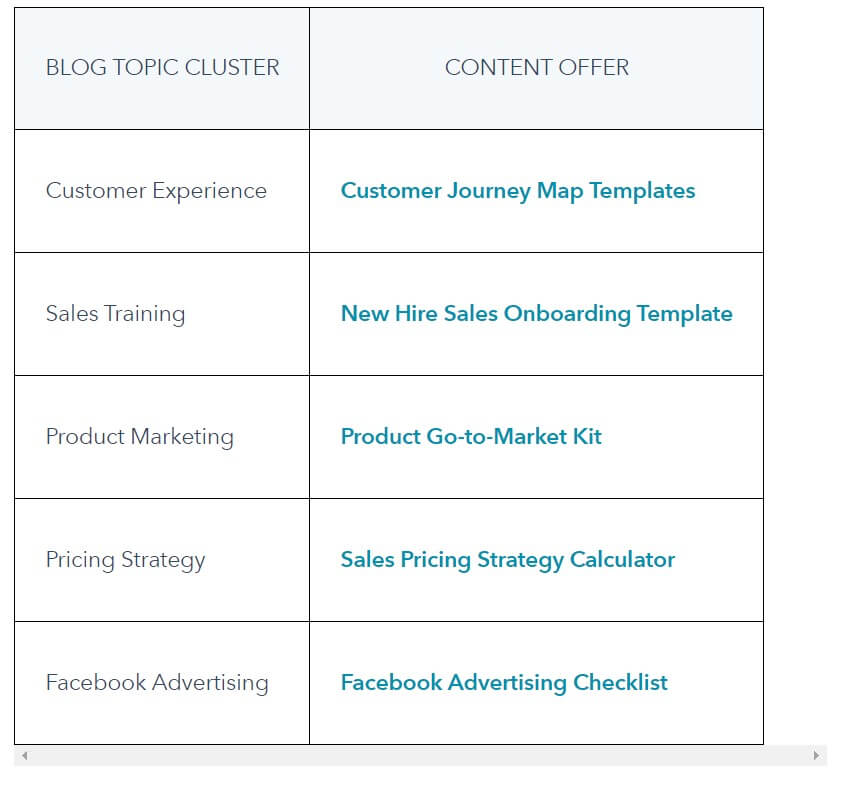
And once you start generating email subscribers then you can put them into a lead nurturing sequence that is relevant to the blog topic. Like this, you will maximize your lead generation by also capturing those leads that are not yet marketing qualified leads (MQL) but they can become later on, once they finish, they research.
Therefore, remember that your B2B lead nurturing sequence should be relevant to their interest and satisfy their information needs so they can move to the next stage and get in touch with your sales team.
B2B Events
The next on our list of B2B lead generation strategies are events.
Events before the pandemic were irreplaceable marketing strategy especially for those SMB’s that mainly drove leads from events, and it was hard to convince them to spread their marketing effort in case something happens.
And there you go, 2020 came, a new decade and events were whipped out. But moving further in 2022 and we can see that events will be coming back and new trends with that such as hybrid events.
An astounding 97% of event marketers believe we will see more hybrid events in 2022, also 93% of organizers plan to invest in virtual events although almost all (96%) event professionals do not believe virtual events will replace in-person events. (Bizzabo, 2020)
So, let’s have a look at the 4 types of B2B events you can run to drive leads for your business.
Webinars
The most common event strategy at the moment during the pandemic is webinars.
Webinars are a great way to engage with your potential customers and educate them on your offering, however, due to the oversaturation of webinars from companies, it is increasingly hard to get people to register and attend your webinar.
According to Markletic, 33.7% of marketers say that the average cost per virtual event attendee is between $500 – $1000.
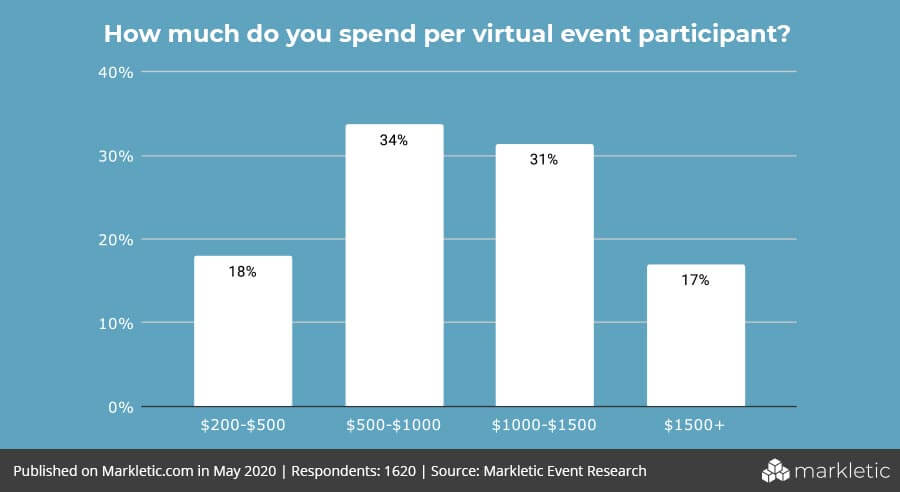
But the great thing about webinars is once they are recorded, then they can be easily repurposed into other marketing materials, such as:
- Blog posts
- On-demand webinars
- YouTube videos
This gives marketers extra content that can be and should be utilized. A great example is Marketo as they utilize both upcoming and on-demand webinars to drive more leads from their marketing effort.
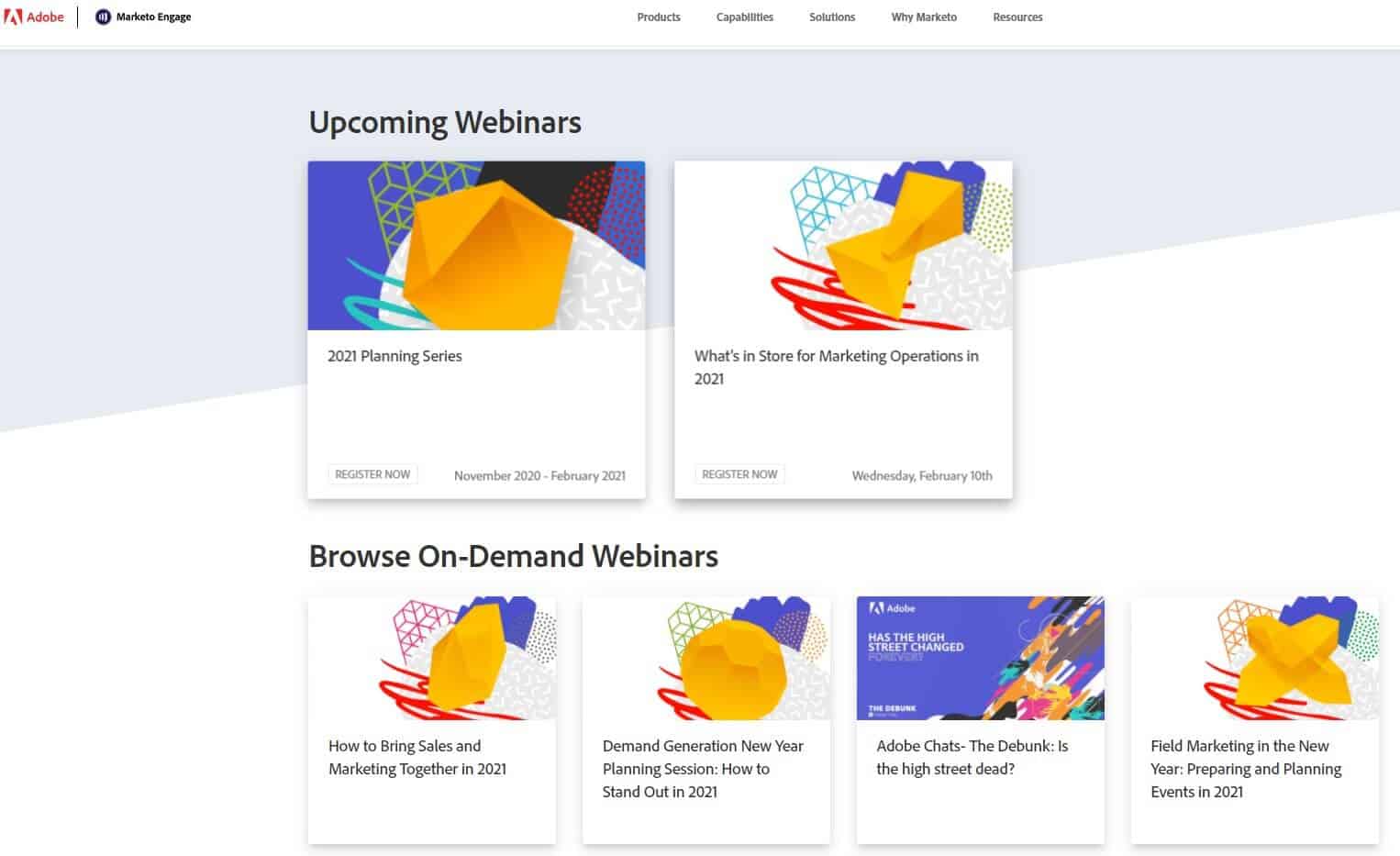
Because during webinars often the speakers are high-level business leaders with a vast amount of information and knowledge that is shared with the audience. This is a great opportunity for marketers to use this knowledge and create a thought leadership type of content.
So, whenever you are running a webinar, make sure you also plan to repurpose your webinars into other content types so you can maximize the opportunities from your marketing efforts.
Trade Shows & Conferences
Another two great B2B event lead generation strategies are trade shows & conferences.
These two strategies were heavily used by many B2B organizations to drive leads for their business. In 2019, before the pandemic, the majority (97%) of B2B marketers believe that in-person events have a major impact on achieving business outcomes.
The median spends by a B2B company sponsoring an event was $20,000. This made it very expensive for companies to regularly conduct events and bring steady lead generation and in many cases, smaller companies could not regularly attend or organize trade shows or conferences.

And in my experience, this often brought a big problem. When small companies that drove leads mainly from events often could attend only a few in a year due to their high costs.
So, to make up for the cost, they want to get as many leads as possible to utilize their budget at best. And while this sounds reasonable, the problem is during trade shows you can generate hundreds of leads.
And that is where the problem starts because often these small companies do not have large sales and marketing team to effectively follow up with the leads which cause a poor follow up process, often wasting the leads and generating only a fraction of sales-qualified leads (SQL).
And I have seen this problem in many cases before the pandemic. But with the right follow-up process, trade shows are conferences are great B2B lead generation strategies and fun to attend and honestly, I can’t wait to have the opportunity to attend them again.
Hybrid
The last event type lead generation strategy is hybrid events.
A hybrid event is a conference, tradeshows, or seminars that also comes with virtual options where the in-person event is using technologies to bring online audiences into event experiences. This means participating in Q&A sessions, interacting with speakers, and engaging with fellow attendees.
Typically, speakers’ sessions, prize giving (usually online viewers can compete for prices as well), and other highlights and important moments are streamed online so the viewer can participate and do not miss anything important and can experience the event.
This gives you several benefits over traditional events as your audience is no longer bound by physical or geographical limitations, thus anyone in the world can attend your event.
This is extra useful if your organization is focusing on the global or regional market and want to attract even larger audiences without actually need them to travel far away. Also, this saves you extra bucks as you do not need to rent large event rooms.
B2B Social Media
The last type of B2B lead generation strategy is social media.
B2B social media marketing is a strategy where you utilize social media platforms such as LinkedIn, Facebook, and others to increase brand awareness about your brand and generate leads for your business.
Typically, there are two ways how you can generate leads via social media:
- Organic reach: By increasing your following and the number of impressions your posts getting.
- Paid Advertisement: Similarly to search engines, you can pay social media platforms to promote your business.
Of course, that is where the interest of both parties clash.
You would love to grow your brand social media account organically, but then the social media platforms would lose money if you could do that without their help, right?
It used to be, those small influencers were able to grow their accounts naturally and gain momentum like a snowball, but that is unfortunately gone.
That is why it is increasingly harder to grow your social media account organically without a large database of people you can tap into because as I said, social media platforms want you to embrace the paid growth.
But that does not apply to all social media as there are a few that you can grow organically to see some results and that is why let me share with you the 4 social media often used by B2B companies.
Obviously the first and probably the most effective B2B social media is LinkedIn.
LinkedIn is one of the places that you should be as a marketer if you are in the B2B spaces because as said by Gary Vee, “LinkedIn is like Facebook in 2012 and the organic reach and content consumption is remarkably high.”
Of course, it will go away like, like with all of them, but at this current moment, LinkedIn is the place where you can organically grow your profile and generate leads as four out of five LinkedIn members drive business decisions.
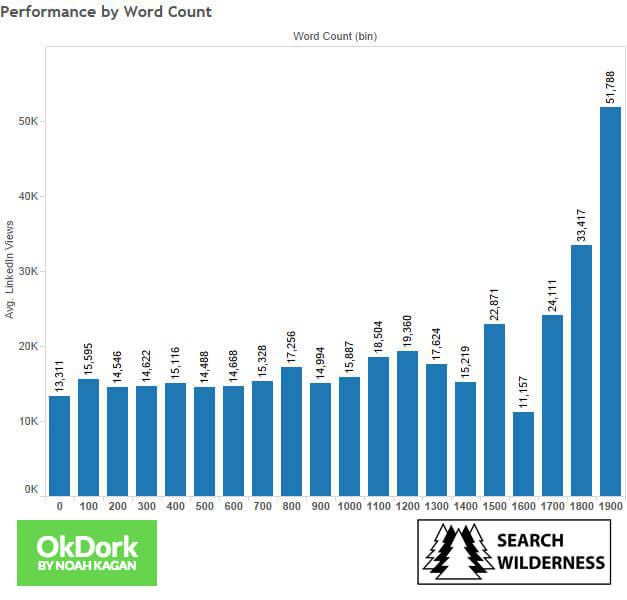
(Source)
I definitely must say that LinkedIn is one most favorite B2B social media to generate leads especially with the organic reach and just growing the company profile generally. Within just 1 year I have managed to grow my client company profile to over 1,500 followers and bring consistently organic leads from LinkedIn.
However, their advertising is not as good as they like to show. I am sure that some companies are doing really well with their advertising platforms and lead forms, but for me, their pricing is really high, and I am seeing better ROI on other platforms.
Needless to say, LinkedIn is definitely a great place to be for the next year or two and we will do what Microsoft is planning with their platform and the algorithm.
YouTube
The next social media or search engine where you should produce content is YouTube.
Not only YouTube is the second largest social media with 2 billion active users every month right after Facebook, but also YouTube is the second largest search engine right after Google.
In fact, leveraging YouTube for lead generation has become an increasingly popular strategy, especially for B2B marketers.
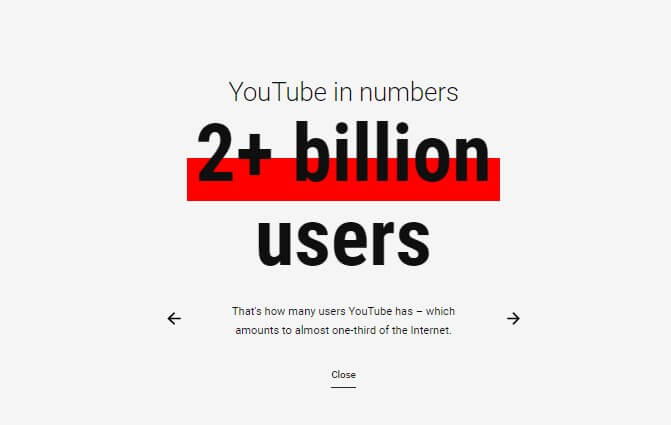
This brings many opportunities to get discovered by your potential b2b buyers as almost everybody is watching videos on YouTube. According to FortuneLords, almost 5 billion videos are watched on YouTube every single day and one billion hours are watched daily on YouTube.
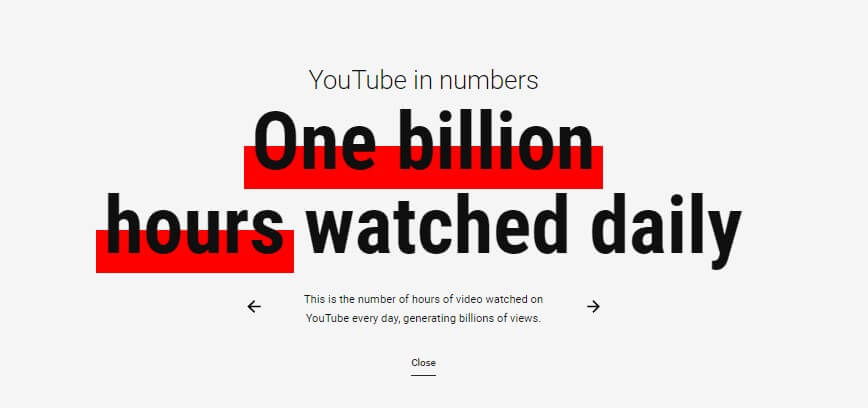
And what I really love about YouTube is that you do not need to appear for the high volume and golden keywords like in Google as their suggestions feature is doing a great job to drive you consistently views without appearing for the golden keywords.
Of course, eventually, you want to appear even for those keywords, but as I said, you can get a ton of views by getting suggested.
Another benefit of having a YouTube channel is that the platform is not trying to screw your organic growth, so you have to pay for it, but actually the opposite.
They try to reward every small and large channel because that is how they make money. The more and better content, the more users will come and watch their videos and watch the ads of course.
This is the kind of business model that does not go to cut off your organic reach to suck your money, so you can thrive on the platform.
Another very useful social media for B2B companies is twitter.
Twitter is a fast-moving channel, where people like to discover new things and be up to date with the latest information of their interest. The average lifespan of a tweet is around 24 minutes which is the lowest in the industry.
For example, Instagram post lifespan is around 48h and Facebook post lifespan is around 2:30h. This means that being on Twitter you need to be very active.
A great example of a B2B company that managing an impactful Twitter profile is Cisco.
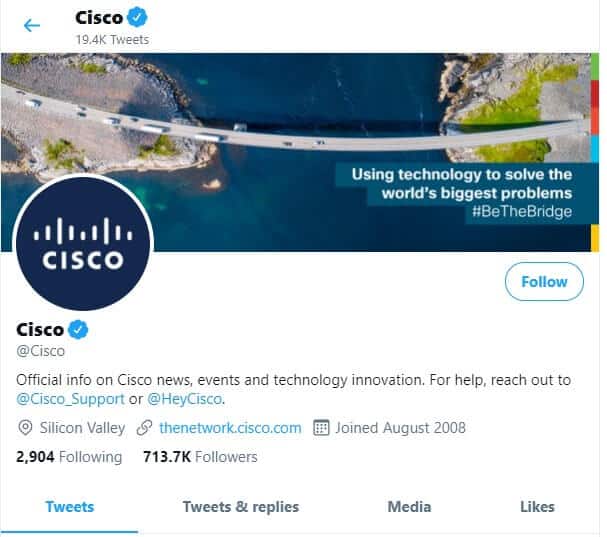
Twitter is popular social media for B2B companies to generate brand awareness and create steady lead generation as according to Twitter’s own statistics:
- 66% of people have discovered a new business on Twitter
- 94% are planning to buy something from the businesses they follow on Twitter
- 69% of people have bought something as a result of a tweet
Those stats add up to the amazing potential of Twitter to help you find leads for your business.
The last social media to for B2B lead generation is Facebook.
A lot has changed since the glory times of Facebook where everybody was doing great and was seeing high ROI from the advertising and even from organic reach.
Today, Facebook is packed with advertising almost on every single white space they can think of and the organic reach is just dead, they do not allow you to organically grow.
Facebook is not what it used to be and probably it never will, but apparently, B2B companies can still make money on Facebook.
But in my honest opinion, I would only recommend Facebook if you have nowhere to go anymore and you have maximized your opportunities with other B2B lead generation strategies. Until then I would rather invest time, money, and resources into other lead generation strategies where most likely I can see better ROI.
Conclusion
As you can see there are many B2B lead generation strategies that you can implement for your B2B marketing and drive results for your company.
But if you are starting then I recommend focusing only on a few of those to ensure you are optimizing strategies to get the best results from your marketing budget.
I typically recommend starting with these B2B lead generation strategies for SMB’s:
- PPC + Remarketing: This will help you to generate leads soonest and bring back users with high potential.
- SEO: This will help you in the long-run, down two years to grow your business.
- B2B Blogging: This will help you to drive relevant organic traffic.
- 1x Social Media: At the moment my recommendation is LinkedIn but I will leave the choice up to you.
- Email Marketing: This will help you to maximize your opportunities from other marketing activities and generate even more leads.
Those are the recommended B2B lead generation strategies for SMB’s with a small marketing team of 1-3 people. Of course, if you have a large team, you can add more channels and more strategies or even just keep those strategies. And all these strategies can be used for your own lead generation or even if you want to sell leads to companies.
Remember, the point is not doing everything. If you want to see a high ROI and conversion rate, then start with a few marketing strategies and optimize them to achieve those results.
Related Articles
- How to Use B2B SEO and B2B Content Marketing for Lead Generation
- How to Generate B2B Leads from Social Media?
- 9 Best Inbound Marketing Strategies You Should Use in 2023
- B2B SEO Best Practices & Tips That Actually Works [Latest Edition]
- Top 7+3 Unbounce Alternatives in 2023 [Free & Paid]
Also, check out our Lead Generation hub page to learn more.
Disclaimer
Some pictures are coming from Freepik and some of my links are affiliate links, which means if you purchase something, I might get some small commission as a reward for reference. Of course, I am actively using all these services and products, and I only affiliate products or services I have full trust in their quality!








